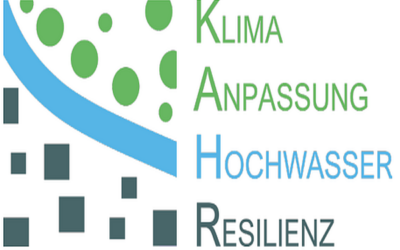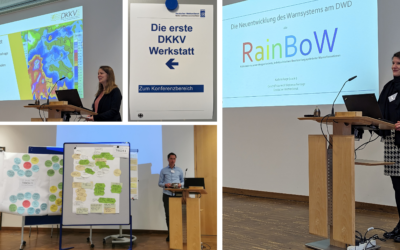The DKKV is…
German Committee for Disaster Reduction e.V. (ger.: Deutsches Komitee Katastrophenvorsorge e.V.)
Newsblog
Delegation visit from the Western Balkans
On Wednesday 26 April, the Bonn Network and the DKKV welcomed the delegation from the Western Balkans to the Old Town Hall of the City of Bonn. The members stayed in Bonn for a week as part of a study tour organised by the project ADAPT: Nature-based Solutions for...
Publication of the Book of Abstracts of the 1st Kahr Science Conference
Following the 1st KAHR Science Conference in June last year, the Book of Abstracts with the collected scientific contributions has now been published. The KAHR project, KAHR for Climate, Adaptation, Flood and Resilience, was initiated by the BMBF after the 2021 flood...
First DKKV-Werkstatt with German Weather Service (DWD) at Offenbach
Past heavy rainfall events and disasters have shown that, among other things, warning systems must also be adapted to new challenges and needs. For precisely this reason, the first DKKV workshop was dedicated to the topic "The development of the new warning system of...
GNDR – Sendai MTR High Level Meeting Briefing Webinar
Last week, GNDR organised a briefing webinar on the upcoming High-Level Meeting on the Sendai Mid-Term Review, which will take place on 18-19 May 2023 at the UN Headquarters in New York. The Sendai Framework is a 15-year global plan adopted by the United Nations...
Follow us
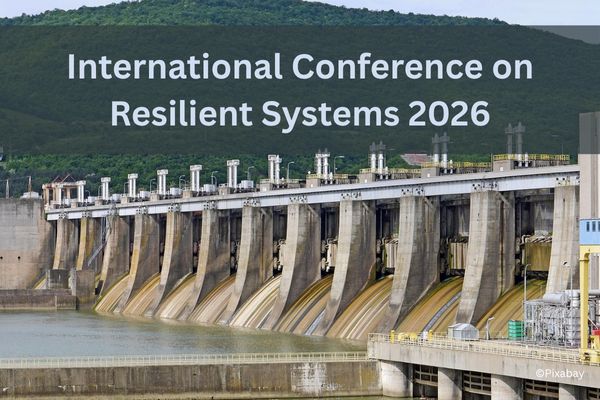
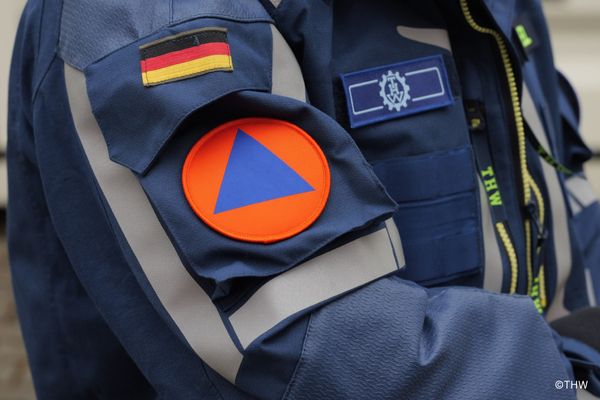


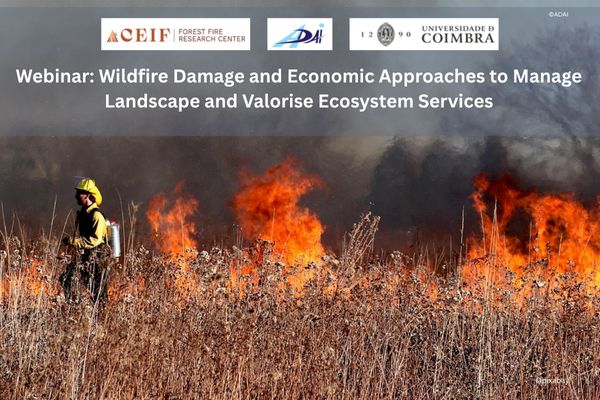
What is disaster risk reduction?
Storms, natural hazards and extreme events can quickly become a danger to people and the environment. But climate change, extreme urbanization, power outages and fires also offer potential hazards.
A disaster occurs when the functioning of a community or society is impaired or interrupted and, as a result, high human, material, economic and ecological losses occur that cannot be managed alone.
Precautionary measures can help to reduce the consequences and impact of the disaster. Depending on the hazard and personal circumstances, the precautionary measures to be taken may vary.
Find out more about potential hazards and individual precautionary measures on our topic pages.



